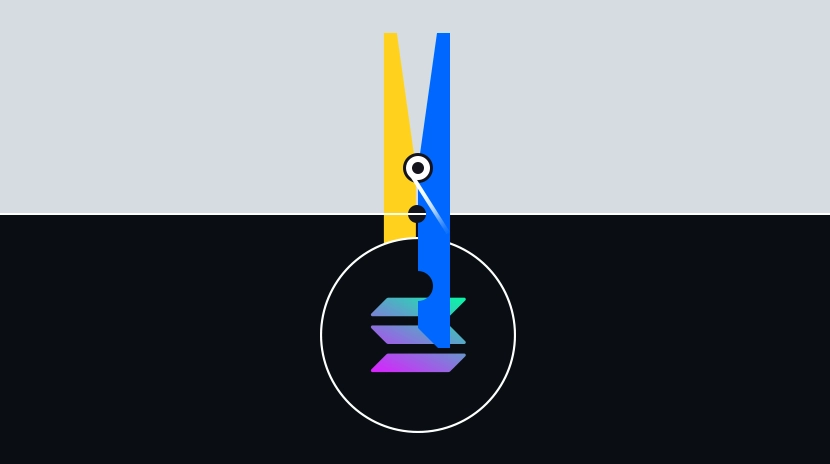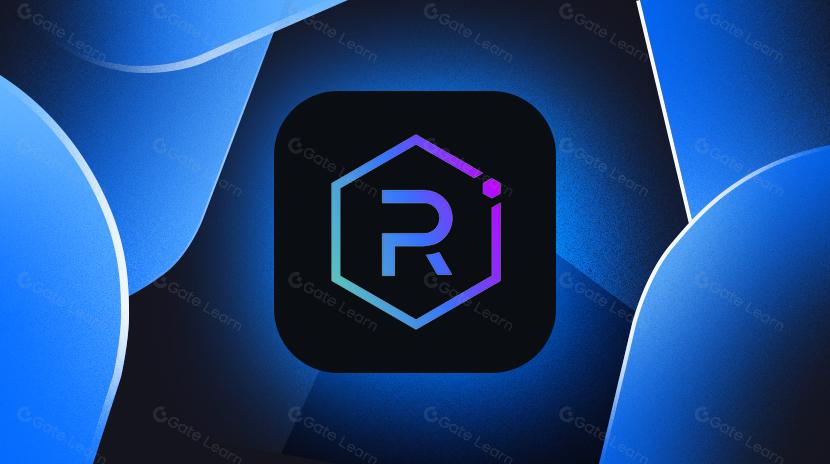sol cto

The Chief Technical Officer (CTO) of the Sol project is the core leader responsible for Solana blockchain's technical strategy and research direction. As the technical helmsman of this high-performance public chain project, the Solana CTO shoulders the important responsibilities of guiding protocol design, system architecture, and technical roadmap, ensuring the network maintains its core advantages of high throughput, low latency, and scalability. In the rapidly evolving blockchain field, this role requires balancing innovation with stability to drive technical progress in the ecosystem.
Background: The Origin of Sol Project CTO
The Solana project was founded in 2017, led by Anatoly Yakovenko. As a co-founder, Yakovenko actually served in the role of early Solana's CTO, although he was simultaneously the project's CEO. Solana's technical leadership was initially composed of engineers from tech giants like Qualcomm, Intel, and Apple, who collectively built Solana's technical foundation.
As the project evolved and organizational structure matured, Solana's technical leadership responsibilities gradually formed more distinct divisions. Particularly after Solana's mainnet launch in 2019, the technical leadership role became increasingly critical, requiring coordination of increasingly complex protocol development and ecosystem expansion work.
In blockchain projects, the CTO role is typically filled by professionals with deep backgrounds in computer science and distributed systems, with Solana particularly requiring technical leaders specialized in high-performance computing and network optimization.
Work Mechanism: How the Sol Project CTO Operates
The Sol project CTO's work encompasses several key areas:
- Technical strategy formulation: Designing and executing Solana's long-term technical roadmap, including core protocol improvements, performance optimization, and new feature development.
- Consensus mechanism maintenance: Continuously optimizing Solana's unique hybrid consensus mechanism, including Proof of History (PoH) and Proof of Stake (PoS) systems.
- Team leadership: Managing the core development team, coordinating development work across different technical modules, and setting technical standards and best practices.
- Research direction: Identifying key research areas such as scalability solutions, cross-chain interoperability, and network security enhancements.
- Technical communication: Clearly conveying technical decisions and changes to developers and stakeholders through technical blogs, community discussions, and industry conferences.
- Ecosystem support: Providing technical guidance to projects within the Solana ecosystem, ensuring they can effectively utilize platform features.
- Crisis management: Leading rapid response and solution implementation when the network faces technical issues or security challenges.
Risks and Challenges Faced by the Sol Project CTO
The Sol project CTO faces multiple technical and strategic challenges:
- Balancing scalability and stability: Solana is known for high throughput but has also experienced network outages; the CTO must balance pursuing performance with ensuring network stability.
- Technical debt management: As the network rapidly develops, managing accumulated technical debt and ensuring code quality becomes a key challenge.
- Decentralization pressure: Needing to address community expectations for enhanced decentralization while maintaining high performance.
- Security threats: Blockchain networks are targets for ongoing security challenges, requiring anticipation and prevention of evolving attack vectors.
- Talent competition: Attracting and retaining top developers in the competitive blockchain talent market.
- Regulatory adaptation: Ensuring technical development complies with requirements across different jurisdictions as the global crypto regulatory landscape evolves.
- Cross-chain interoperability: Designing and implementing technical solutions for efficient interoperation with other blockchain ecosystems.
The Sol project CTO needs vision and adaptability to navigate these challenges while maintaining Solana's positioning as a high-performance blockchain.
The role of the Sol project CTO is crucial to the success of the Solana ecosystem. As the final authority on technical decisions, the CTO not only shapes the current architecture of the network but also determines its future development trajectory. Against the backdrop of rapidly evolving blockchain technology, a visionary technical leader can anticipate industry trends, adjust the technical roadmap accordingly, and ensure the network continues to innovate without sacrificing stability. As the Solana ecosystem continues to expand into diverse areas such as DeFi, NFTs, and Web3 applications, technical leadership will remain a core factor in maintaining the project's competitive edge, enabling Solana to address emerging use cases and technical requirements.
Share
Related Articles

How To Claim The Jupiter Airdrop: A Step-By-Step Guide

Solana Staking Simplified: A Complete Guide to SOL Staking
